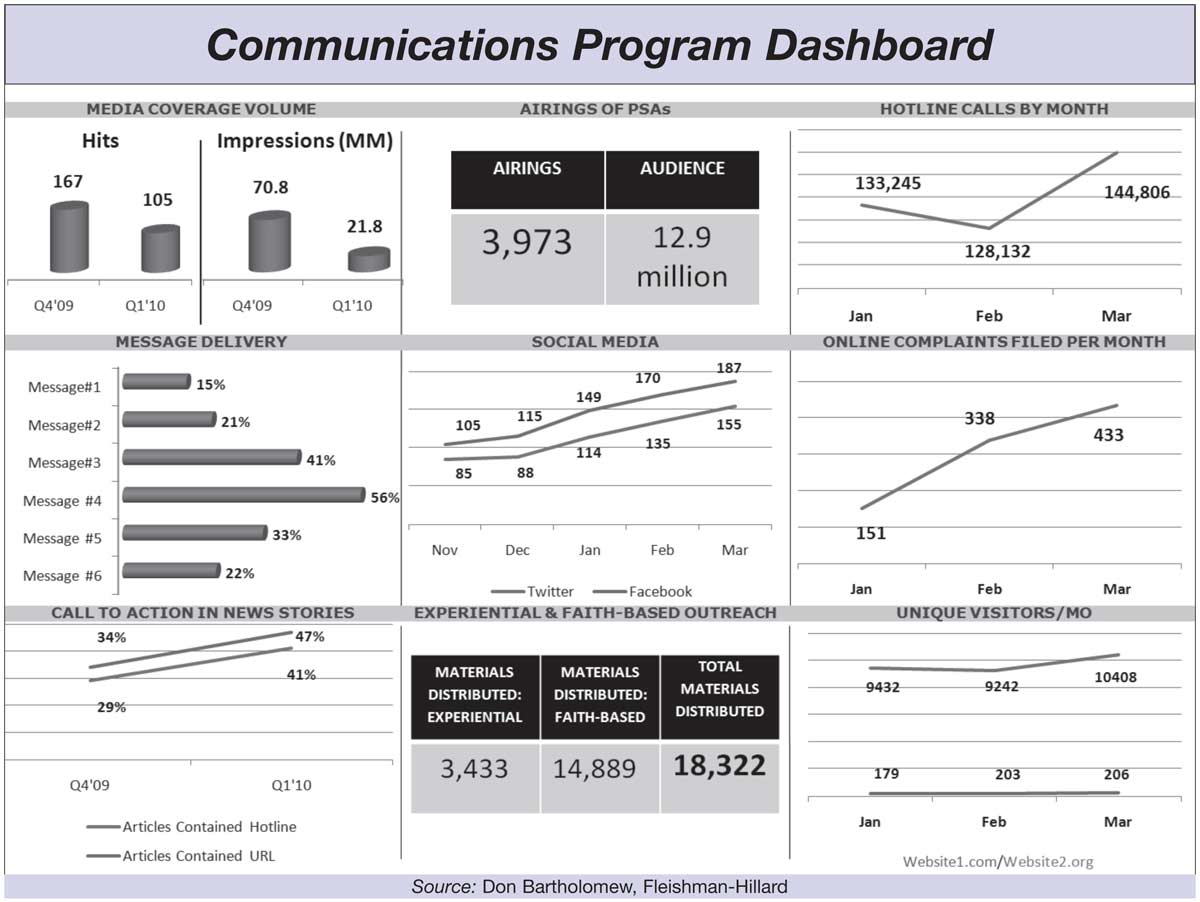Let’s make one thing clear, PR professionals: The language that you speak is not the language that the C-suite speaks.
And that’s an important distinction, says Don Bartholomew, VP of digital research at Fleishman-Hillard, not only for the success of your communications department, but for your professional success as well.
Getting a seat at the proverbial executive table has long been discussed as a primary goal of PR leaders, and according to Bartholomew, PR is getting closer, thanks to—catastrophes. Yes, the threat of reputational crises (just look at a random news site) has brought communications pros much closer to the C-suite.
“When a company is 30 minutes or 30 seconds away from peril, PR becomes a CEO’s friend,” says Bartholomew.
But the inability to expertly communicate PR performance can just as easily sour the PR/C-suite relationship. The question is: Is PR up to the challenge of proving its worth? Bartholomew says yes, but it takes a different mind-set—it takes new thinking and even some relearning. For example, here’s a sample of some metrics that are important to a CEO:
• ROI
• Net Promoter Score
• Net New Customers Growth
• Customer Churn
• Awareness
• Purchase Consideration
• Purchase Preference
• Customer Lifetime Value
• Leads Generated
• Lead Closure Rate
• Stock Price
Many, if not most, of your PR metrics are not going to touch those measures directly, but you need to get in the business process mind-set.
That’s what Yanique Woodall strives for at 1-800-FLOWERS.com. Woodall, the company’s VP of enterprise public relations, says it’s critical to show the added value of PR campaigns and how they move the needle when aligned with company objectives. “We want senior management to review metrics beyond advertising value and media impressions,” says Woodall.
Knowing which PR metrics resonate with top management is as easy as asking them, says Evan Welsh, global media relations lead for sustainability and CSR at SAP. “Early in the process we ensure that we provide what our executives were interested in seeing,” he says. “We continue to receive feedback on an ongoing basis.”
Find out what Welsh’s (and others) C-suite execs and clients are interested in seeing by checking out the comments and graphic below—a camouflaged version of a working dashboard. PRN

Evan Welsh, global media relations lead, SAP
Metrics That Matter: It’s important to measure how favorable articles are, not just the number of hits. Also, provide enough context. In addition to comparing the company to its peers, show how the company has fared in the last four or five quarters.
Paull Young, director of digital, charity: water
Top Tip: The most important thing is what you do with the numbers—if you just make a report that you file every month, but don’t use the numbers to drive your behavior, the dashboard is useless.
Yanique Woodall, VP of enterprise PR, 1-800FLOWERS.com
Metrics That Matter: Our metrics include tonality of media coverage online and offline, unique visitors per month, call-to-action news stories and our customer responses to those news stories.
Katie Paine, CEO, KDPaine & Partners
Metrics That Matter: 1. Share of desirable and undesirable (negative) conversation vs. the competition over time; and 2. Share of spokespeople/thought leaders/CEO quotes vs. the competition over time (CEOs love seeing their name on a chart).
Elizabeth Castro Senior VP, O’Malley Hansen Communications
Top Tip: CEO and C-suite executives care about the tangible examples that speak at a higher level to the business community. You could show your CEO coverage from 10 small newspapers or blogs, but they won’t have the same impact as a Wall Street Journal article. Go for the one “big win” rather than spending more time and effort on numerous smaller ones.
CONTACT:
Don Bartholomew, [email protected]; Yanique Woodall, [email protected], Evan Welsh, [email protected]; Katie Paine, [email protected]; Elizabeth Castro, [email protected]; Paull Young, [email protected].
